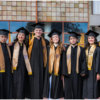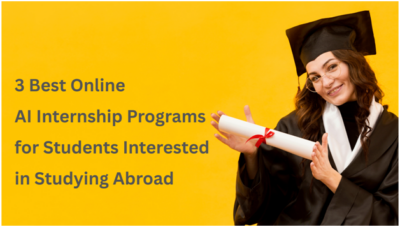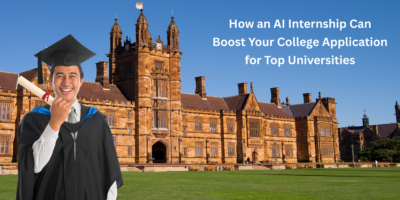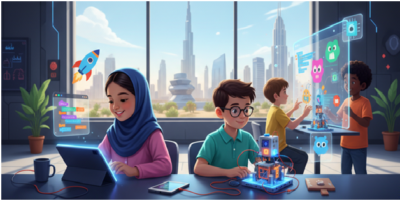Getting into an Ivy League university is no small feat. Students must showcase academic excellence, leadership, and a passion for innovation. In today’s academic climate, AI is one of the most powerful tools students can use to stand out and secure admission to top-tier institutions.
Why Ivy League Schools Value AI Experience
Universities like Harvard, Yale, and Princeton are pioneering AI research. They actively seek students who show initiative in exploring cutting-edge fields. AI projects reflect a student’s ability to work with complex data, think critically, and build innovative solutions—all qualities Ivy League schools cherish.
What Makes an AI Internship Valuable
AI internships provide a structured environment for students to engage with real-world problems. Whether it’s creating a chatbot, developing an algorithm to detect disease, or building AI-based games, these projects demonstrate creativity and capability. Adding these experiences to a college application shows not just interest but real action.
Linking AI Projects to Academic Goals
Students can align AI internships with their intended majors. An aspiring economics student might use AI to model financial markets. A future biology major could explore AI in genetics. These connections make personal essays and interviews compelling.
Research and Publication
Many AI internships offer pathways to publish research. Publishing a paper in a student journal or presenting at an academic fair signals to Ivy League admissions that the applicant is already contributing to the academic community.
Global Exposure
Participating in AI internships in tech-forward hubs like Dubai adds another layer of distinction. It shows a global outlook and readiness for international academic challenges.
Final Thoughts
AI is more than a buzzword—it’s a transformative force in modern education. For students aspiring to Ivy League universities, an AI internship can be a powerful differentiator.
Clevered’s specialized programs offer students the chance to collaborate with former Oxford senior researchers and NASA scientists, bridging innovation with academic achievement.







